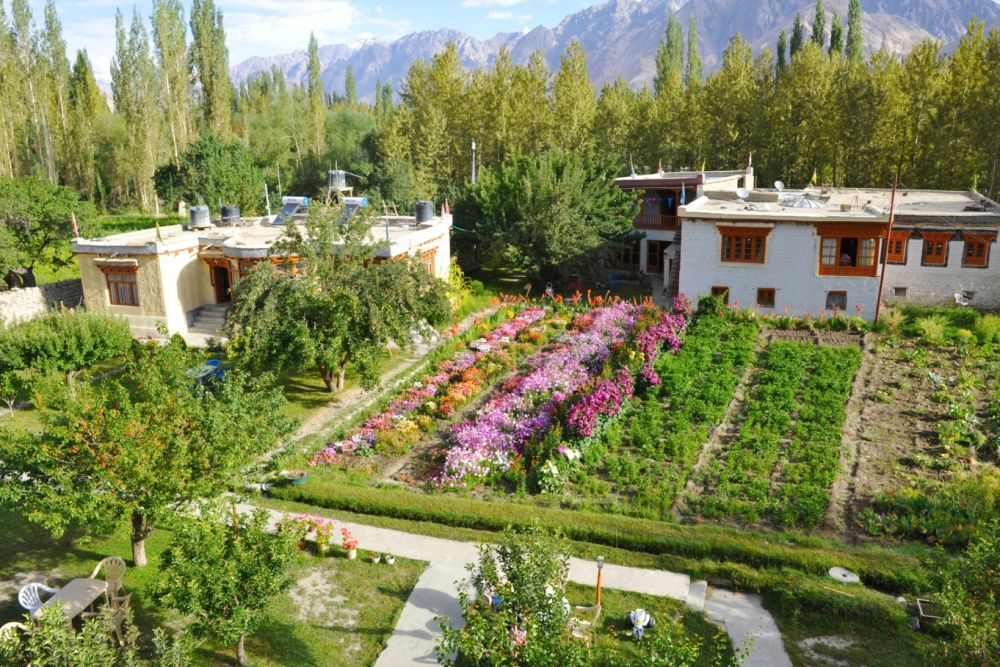

Hunder Village, nestled in the idyllic Nubra Valley within the cold desert region of Ladakh in North India, has become a beacon for tourists seeking serene beauty and unique experiences. This remote village did not always enjoy the influx of visitors it sees today; its rise as a key tourist destination is a relatively recent phenomenon.
Historically, Ladakh itself was a kingdom with a rich cultural tapestry and strategic geopolitical importance, with its location on ancient trade routes such as the Silk Road. Over the years, many of these routes fell into disuse, and the area's harsh terrain left it isolated from much of the world.
It was not until the late 20th century that Ladakh began opening up to tourists. With this, places like Leh, and subsequently, Hunder Village, started to gain attention. The establishment of motorable roads and the opening of the region to foreign tourists by the Indian government in 1974 greatly enhanced Ladakh's accessibility.
Hunder Village began to attract visitors for its breathtaking landscapes, characterized by stark desert dunes set against a dramatic backdrop of rugged mountains and vibrant monasteries. The village came to be known for offering a slice of the remote Himalayan lifestyle.
One of the most alluring attractions of Hunder Village is the chance to witness the rare double-humped Bactrian camels, direct descendants of the camels that once trod along the Silk Road. A camel safari through the sand dunes of Hunder is a sought-after experience among tourists.
The Beauty of Diskit Monastery, the largest and oldest monastery in Nubra Valley situated just a few kilometers from Hunder, also draws numerous visitors. The nearby Maitreya Buddha statue, perched on a hill, has become an iconic symbol of the region.
Hunder's unique ecosystem and the copious amount of greenery, along with the orchards and fields, contrast sharply with the arid landscapes of the higher altitude areas in Ladakh. The village is also a starting point for trekkers going to the Siachen base camp.
With sustainability becoming a vital concern, the latest trend in tourism in places like Hunder is the movement towards eco-friendly travel. Visitors are more inclined to partake in activities that leave minimal environmental footprints, such as staying in eco-camps and participating in community-driven tourism initiatives to support the local economy.
Moreover, with the rise of digital content creators and social media influence, the picturesque scenery of Hunder has been widely shared online, propelling its status as a must-visit destination for those seeking offbeat travel experiences and connection with nature.
Adventure tourism is also on the rise, with more travelers seeking out activities such as mountain biking, trekking, and river rafting. The increased demand for such experiences is shaping how local businesses develop their service offerings, with a focus on showcasing the rugged and untouched beauty of the region.
The history of tourism in Hunder is a testament to its beauty and its people's hospitality. As this village in Ladakh captures the hearts of travelers from around the globe, it continues to evolve while holding on to its cultural roots and environmental sustainability.